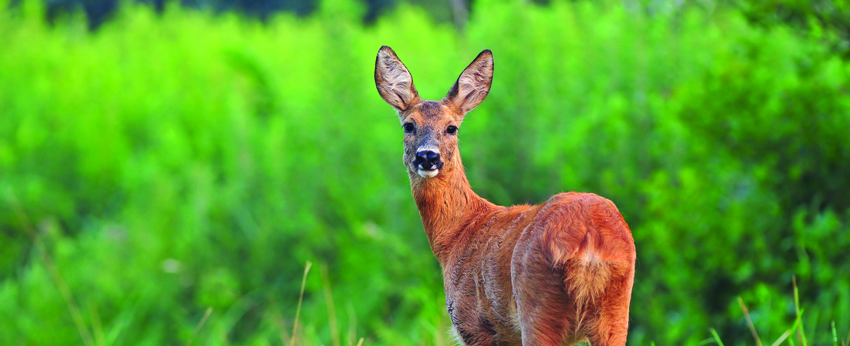The British deer population is believed to be at its highest level for 1,000 years, with some 1.5 million deer in our countryside and semi-urban areas and estimations suggesting that the total population has doubled since 1999.
The cost of damage caused by deer to plantations and other commercial woodlands is significant. For example, Scotland has approximately 8,000 hectares of woodland with Site of Special Scientific Interest (SSSI) status that is currently in ‘unfavourable’ or ‘recovering’ condition due to deer impacts.
Currently, the UK has a high element of forestry that was planted in the 1970’s and 80’s. These forests are now at an age necessitating restructuring. With that restructuring comes the process of redesigning these plantations so they are fit for the next generation. Nowadays, this involves a more diverse planting design and species choice, bringing significantly more benefits and also better habitat and biodiversity. Deer in particular respond to these habitat improvements with a resultant increase in their population.
These facts pose a significant challenge for forest and woodland owners. The damage inflicted by deer on young trees and coppice regrowth significantly affects the ability to establish and regenerate forests and woodlands. However, the effects of deer go further than this. At moderate to high densities, deer are likely to alter the structure and species composition of woodland vegetation as well as reduce the abundance of some rare flowering plants.
Tilhill undertakes all aspects of deer management, including professional control and the use of fencing and tree shelters, according to site suitability and the individual requirements of our clients.
We employ a team of Wildlife Managers to undertake this aspect of our work. They also engage in a wide range of other tasks associated with their required skill set including:
- Habitat surveys and impact assessment and reports.
- Browsing damage assessments and reporting.
- Indirect Population assessments i.e. ‘dung counting.’
- Breeding bird surveys and reports.
- Mammal surveys and reports.
- Pre-operational site checks.
- Liaison with statutory bodies and other external parties.
- Ecological support for special projects.



